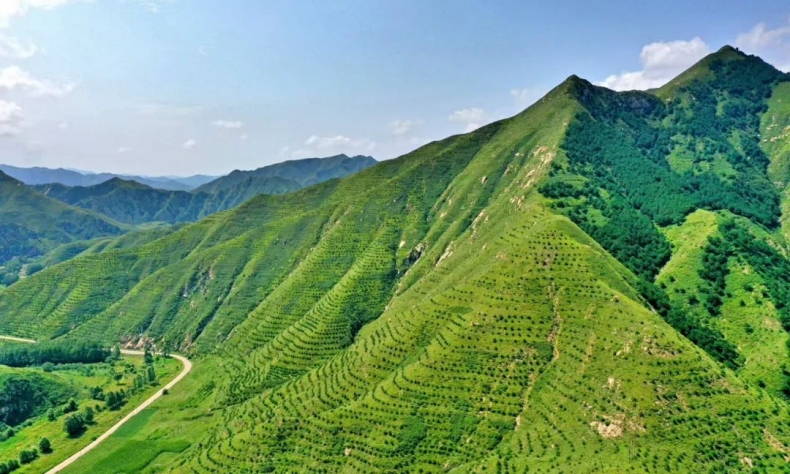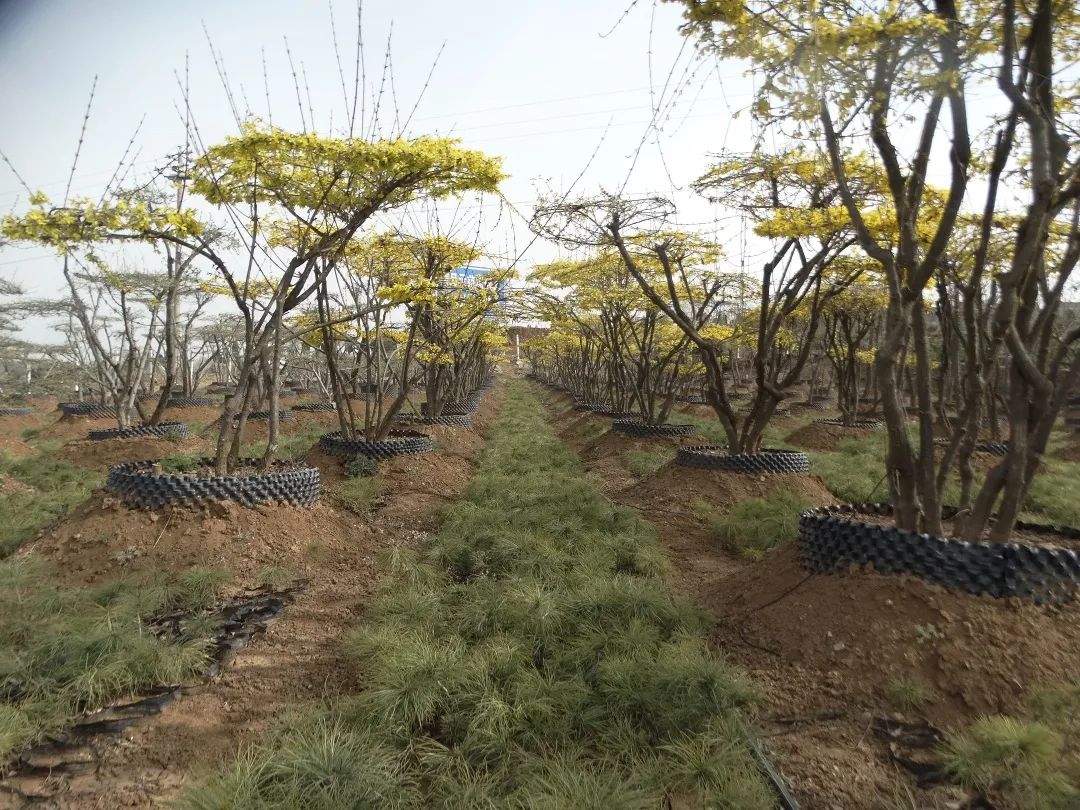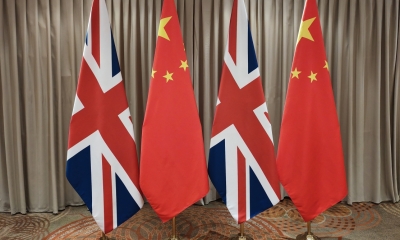Swapping Grain for Green: Farmers Plant Their Way Out of Poverty

Finding the right balance between ecological protection and improving people’s quality of life has been a difficult act for China. RFFP has not always a perfect solution to either problem but for many, it has provided positive results for dealing with both.
Editor’s Note: This year’s Two Sessions once again brings China’s poverty alleviation efforts into focus. Last year 11.09 million rural people got rid of poverty in China and the country is on course to completely eradicate poverty by the end of this year despite the unexpected challenge of coronavirus.
Key to achieving this goal have been Targeted Poverty Alleviation Methods, a set of five key approaches local governments use to ensure community’s affected by poverty receive specialist, tailor-made means to remove them from poverty once and for all.
When the Yangtze and Songhua River basins flooded in 1998, more than 220 million people were affected by one of the largest natural disasters in China’s history.
Years of heavy deforestation was identified as a key reason for the high-level of destruction, having been previously justified as a method to satisfy the country’s growing need to cultivate food and provide employment for thousands of people living in poverty.
Such devastation marked an end to large-scale deforestation within the country and in particular to any land covering river banks or basins. Instead, the Central Government turned to afforestation in an attempt to re-establish forests in areas they had previously cut down.
But while the plan was important environmentally, afforestation caused another—unintended—problem: What to do with the farmers working those lands whose jobs had recently lifted them from absolute poverty?
The beginning of Grain for Green
To ensure environmental protection could work in partnership with poverty alleviation, Chinese government created the “Returning Farmland to Forest Program” (RFFP)—also known as “Grain for Green”—a scheme that effectively paid farmers to stop cultivating land and instead plant luscious trees. The policy was envisaged to help twofold: first, it would reduce soil erosion and prevent further flooding, and second, to ensure farmers quality of lives would continue to increase despite the loss of their farmland.
Twenty-years later, the policy continues to play an important role in China’s environmental protection and poverty alleviation, albeit with modifications. In 2019, forestation accounted for 22.96 percent of China’s land coverage, with an extra 803,00 hectares of forests or grasslands added from converted farmland. Outbreaks of flooding like those witnessed in 1998 have reduced significantly, and the programs ecological contribution has been valued at 1.38 trillion yuan, according to China’s State Forestry Administration.
Economically, farmers fears of losing their only source of income and returning to poverty have been abated thanks to subsidies from local governments and extra employment opportunities. Since the program was introduced, those involved have been compensated with a one-off payment for altering the use of their land. Different amounts have been distributed depending on the location and type of land being cultivated, however according to the State Forestry Administration, the average family receives at least 9,000 yuan.
Beyond subsidies, RFFP has helped diversify employment opportunities and increased industrial structures in these poor areas. According to a study conducted by four Chinese universities analysing the long-term impact of RFFP on rural economic development, the program has “significantly increased the added value of local primary industry by 10.9 percent” when compared to similar counties who have not participated in the program, and the total number of people in rural areas employed in agriculture, forestry, animal husbandry, and fishing has increased by 8.2 percent.

RFFP brings employment to Shanxi
Shanxi province, located in the north of China, has benefited more than most from RFFP. Through the program, nearly 649,000 people have been lifted out of poverty, with reduced poverty incidence lowered to 1.1 percent in 2019, down from 3.9 percent in 2017.
The scheme has brought steady employment to 523,000 people living in the area, including former farmer Liu Yingming.
For most of his life, Liu worked his farm situated on the fringes of Luliang city near the Yellow River. Like his parents before him, everyday Liu would tend to his land which earned him just enough to get by. But a combination of old age, poor health and the pressure of looking after his wife and mother—both who have similar health problems—meant working on the farm was no longer a viable option for looking after them all.
In need of a larger pay-check and with difficulties finding suitable work in the city, Liu decided in 2017 to join one of the 2,500 cooperatives planting trees in Shanxi. Three years later, he has seen his income grow to 21,000 yuan a year, significantly higher than before and above the poverty line.
“Joining the cooperative has given me a steady income that can now provide for me, my wife and mother,” Liu said.
Finding the right balance between ecological protection and people’s life improvement has been a difficult act for China, especially when the consequences of pursuing one over the other can have dramatic results. RFFP has not always a perfect solution to either problem but for many, including Liu, it has provided positive results for dealing with both.
Related Stories:
Social Security: China’s Last Line of Defence Against Poverty
Narrowing Education Gap: Stemming the Flow of Rural Drop-Outs
Livestreaming Out of Poverty: How the Internet Is Helping China’s Poorest
Descending the Ladder One Last Time: Relocating China’s “Cliff-Top” Villages
 Facebook
Facebook
 Twitter
Twitter
 Linkedin
Linkedin
 Google +
Google +







